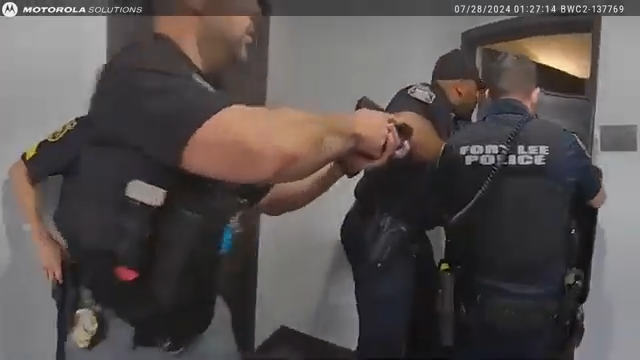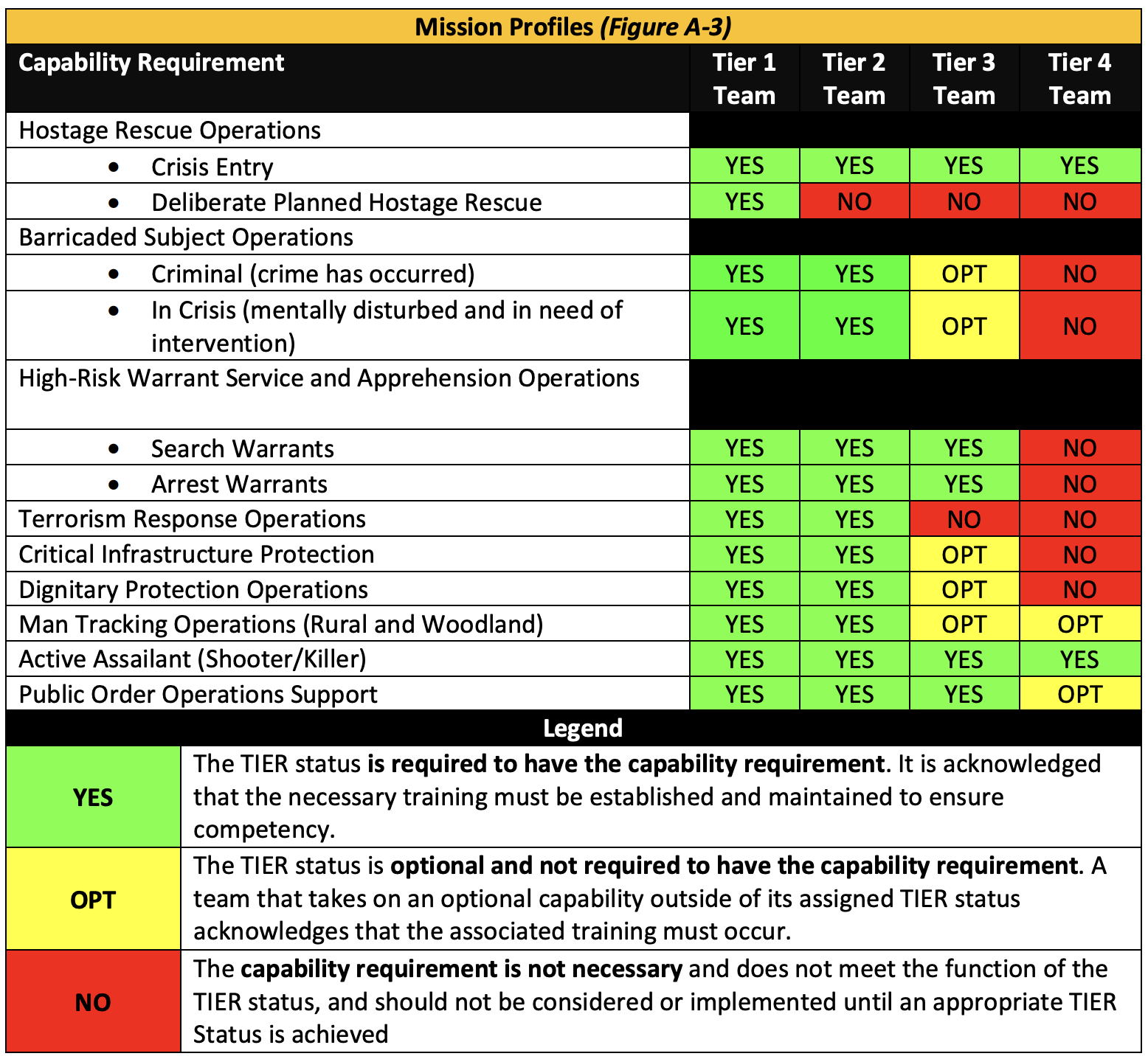NJ OAG revises use-of-force policy following controversial shooting

Fort Lee police breach the apartment door during the mental health call in which an officer fatally shot Victoria G. Lee on July 28. In this footage from body camera 3, one officer is seen holding a shield, and two more have guns drawn. A fourth officer to the side was holding a taser. NJOAG/Bodycam Footage
Aug. 25 (ZFJ) — The New Jersey Office of the Attorney General (OAG) has revised its use-of-force policy to “increase the likelihood of peaceful resolutions to encounters between police and barricaded individuals,” Attorney General Matthew J. Platkin said in a statement.
The change in policy, which had last been changed in December 2020, comes weeks after the July 28 shooting of Victoria Lee, who was killed while threatening cops during a “mental breakdown.”
The updated policy, announced jointly with the Office of Public Integrity and Accountability (OPIA) and Office of Alternative and Community Responses (OACR), aims to reduce the number of deadly encounters between police and barricaded civilians by allocating first-response resources to those in a “behavioral or mental health crisis.”
“This policy represents the first statewide policy of its kind in the country, and is the result of an intensive process that involved law enforcement leaders, mental health professionals, violence intervention experts, and community stakeholders,” said Platkin in the statement.
“Our goal is to provide first-responders with the tools to slow and stabilize these standoffs…so proper resources can be deployed to intervene and resolve the situations safely without force, significant injuries, or death.”
The press release outlines five critical changes to policing policy and their intended effects for crisis negotiation.
The first change mandates that negotiation teams operate alongside “qualified mental health professionals,” who will be able to “assist with negotiations by offering guidance and information to law enforcement“ as well as interact directly with any barricaded persons when necessary. The change also requires that joint training be conducted “at least quarterly.”
The second change advises that first-responder officers wait for adequate assistance or personnel before acting on a crisis situation, unless such action would be “immediately necessary to prevent injury or death.” The change also repurposes the police response towards “building a perimeter” as opposed to attempting to “force a resolution.”
The third change suggests that forces consider “tactical disengagement,” or “a decision to leave, delay contact, delay custody or planning to make contact at a different time,” as a component of their crisis response strategy. The Office also mandates that units take into account the availability of community-based resources, including increased funding from the OACR for the state’s ARRIVE (Alternative Responses to Reduce Instances of Violence and Escalation) Together program, in considering de-escalation.
The ARRIVE Together program, first implemented in Cumberland County in 2021, pairs officers with a “certified mental health screener and crisis specialist” in responses to 911 calls made in distress. According to the Office, it is the first statewide policy of its kind in the United States.
The fourth change mandates that each incident be examined by an on-site supervisor, who is then tasked with setting forth a chain-of-command and pooling resources. The memorandum also specifies that the supervisor notify a tier 1 or 2 SWAT team, which have “more personnel and greater capabilities” in hostage rescue and crisis management, of the engagement effort.
 Table from the National Tactical Officers Association summarizing the capabilities required of SWAT teams (tiers 1-2), tactical response teams (tier 3), and perimeter control and containment teams (tier 4). NTOA/Report
Table from the National Tactical Officers Association summarizing the capabilities required of SWAT teams (tiers 1-2), tactical response teams (tier 3), and perimeter control and containment teams (tier 4). NTOA/Report
The last policy change mandates that police responses be conducted with “less lethal weapons,” such as tasers, and prioritize communication and information before making any one particular response.
“The amended policy and additional ARRIVE Together resources will give law enforcement the best opportunity to resolve these incidents safely for all involved,” said OPIA Executive Director Drew Skinner.
Certain elements of the Office’s policy changes are set to be enforced from Oct. 1, 2024, while other elements will be implemented on Jan. 6, 2025, to ensure smooth resource allocation and availability.
References
- N.J. Attorney General’s Office - AG Platkin: Law Enforcement Use of Force Policy Revised to Promote Safe Resolutions of Encounters with Barricaded Individuals - https://www.njoag.gov/ag-platkin-law-enforcement-use-of-force-policy-revised-to-promote-safe-resolutions-of-encounters-with-barricaded-individuals/ (ARCHIVE)
- N.J. Attorney General’s Office - ATTORNEY GENERAL LAW ENFORCEMENT DIRECTIVE NO. 2024-04; Directive Revising the Statewide Use of Force Policy to Incorporate an Addendum Addressing Law Enforcement Responses to Barricaded Individuals - https://www.nj.gov/oag/dcj/agguide/directives/ag-Directive-2024-04_Adopting-Barricaded-Individual-Policy.pdf (ARCHIVE)
- N.J. Attorney General’s Office - Use of Force Policy Addendum C; Barricaded Individuals - https://www.nj.gov/oag/force/docs/UOF-Policy-(Addendum-C-Barricaded-Individuals).pdf (ARCHIVE)
- National Tactical Officers Association - Tactical Response and Operations Standard for Law Enforcement Agencies - https://ntoa.org/pdf/TROS.pdf (ARCHIVE)
